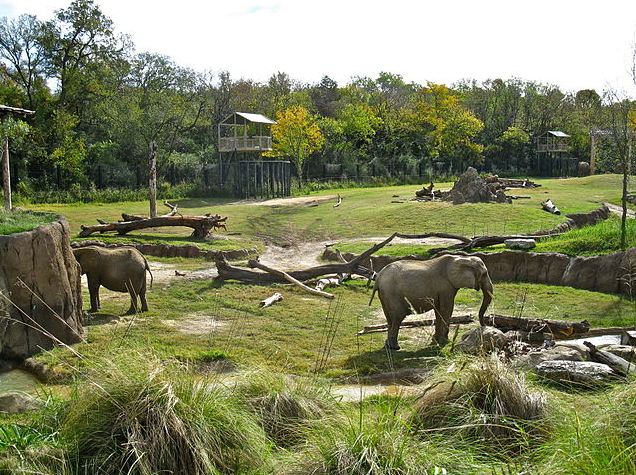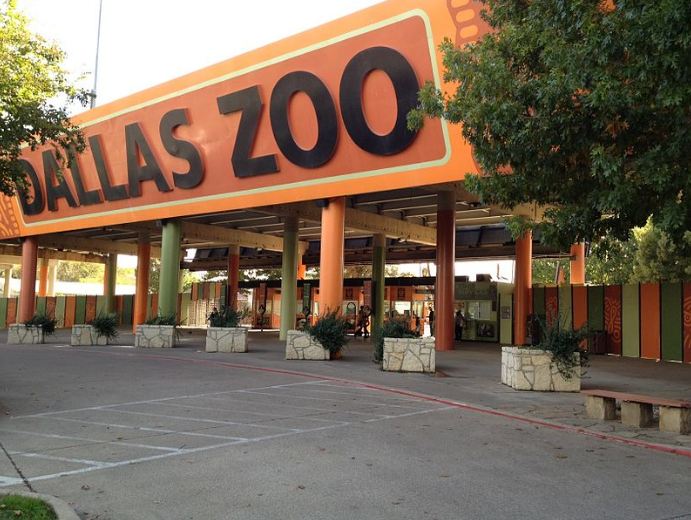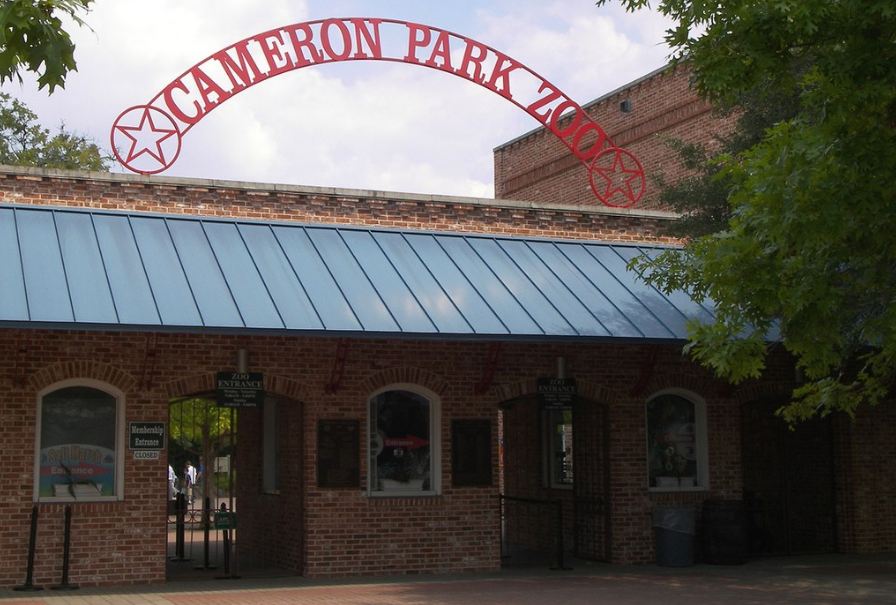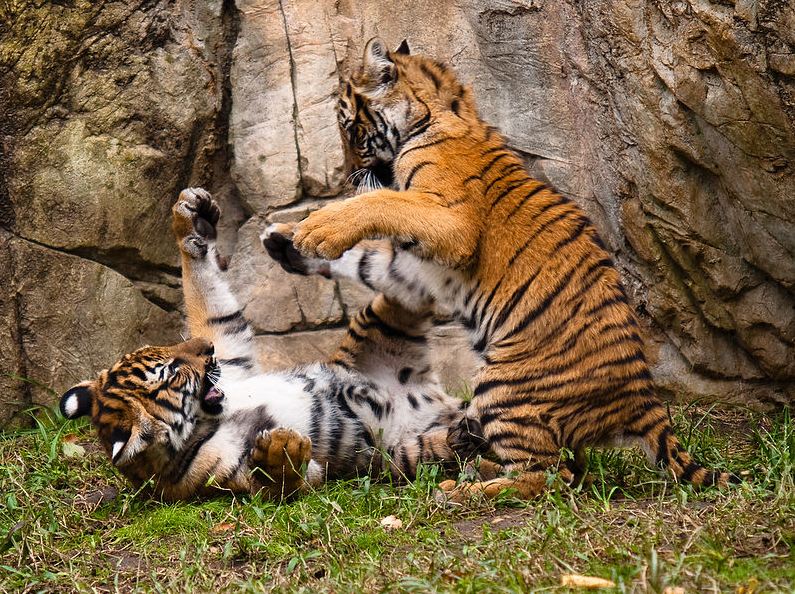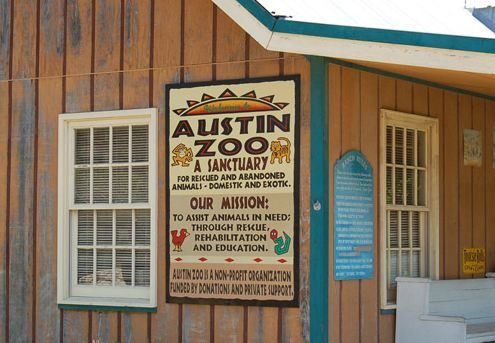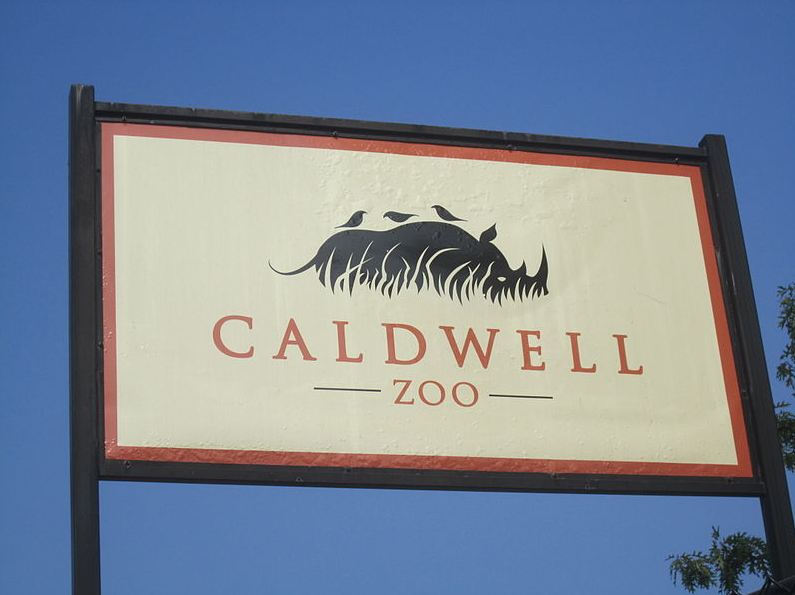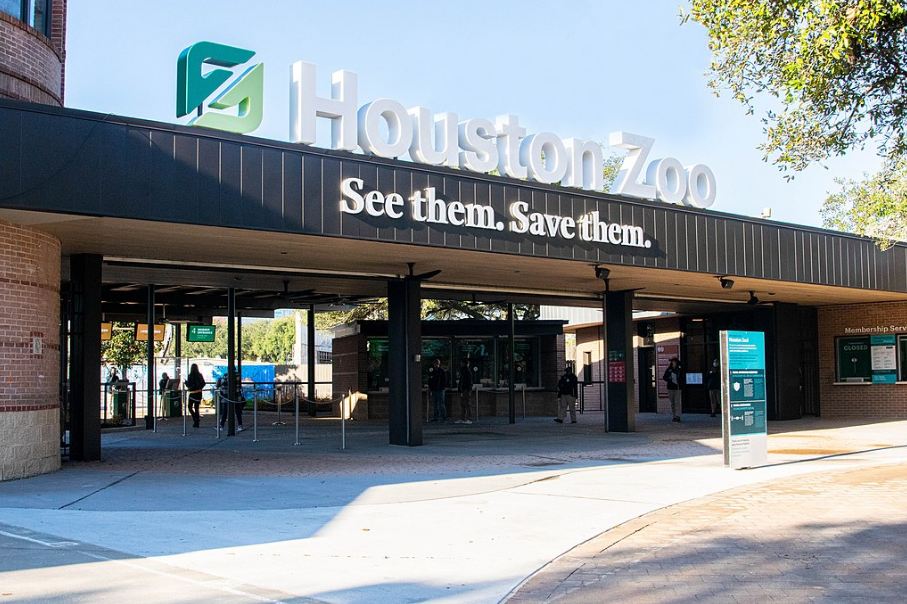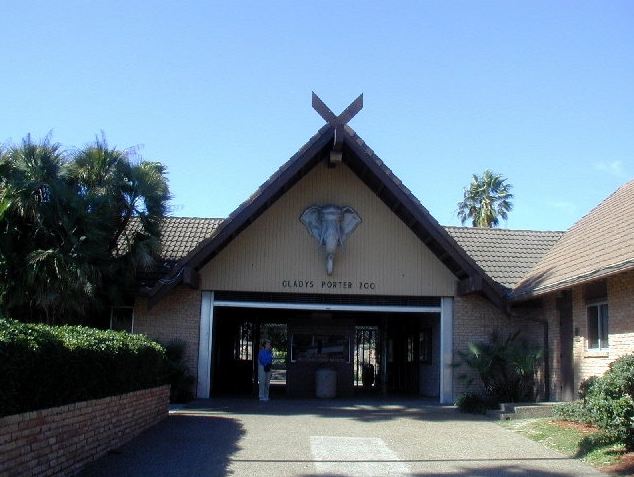Texas is a vast state so you’ll never run out of places and things to see and do, whether you’re a lone tourist or traveling as a couple or with the family.
And speaking of traveling with the family, zoos are some of the ideal places for a family day-out. If you’re going to have a week-long holiday in Texas, be sure to include zoos as part of your itinerary. Most zoos today feature a lot more than just cooped-up animals of different species. Many of them also function as aquariums, botanical gardens, or wildlife centers that allow you to know more about living things than just being spectators.
Check out some of Texas’ best zoos and find out which any of them you will include on your Texas tour bucket list.
Dallas Zoo (Dallas)
Dallas Zoo may be located in downtown Dallas, but it feels like a world away when you step inside it. The zoo’s landscaping is very well done. You will get to see various plants, vines, waterfalls, ponds, trees, native bushes, boulders, and other types of flora. The animals’ habitat almost resembles their native environment.
Dallas Zoo holds the distinction of being the oldest zoo in Texas, having been established in 1888. It is also the Lone Star State’s largest zoo, covering 106 acres of land. It is home to over 2,000 animals representing more than 400 species.
Don’t forget to check out the Wild Encounters Stage to get up close with different animals, such as reptiles, free-flying birds, porcupines, and a lot more. The viewing areas are quite spacious and offer visitors excellent views of the animals.
Cameron Park Zoo (Waco)
Cameron Park Zoo is another highly rated zoo in Texas. Founded in 1993, this 52-acre zoo is located within Cameron Park, just near the Brazos River. The zoo’s excellent landscaping – with lush vegetation of various native plants, picturesque lakes and ponds, and splashing waterfalls – allows the animals to survive and thrive.
Cameron Park Zoo has 1,731 animals representing over 300 species, and you will see different creatures grouped in impressive individual exhibits. It boasts a 50,000-gallon saltwater reef aquarium featuring different marine species, a large swampland habitat where visitors get to see alligators, a large freshwater aquarium where the odd-looking paddlefish resides, and the night building with owls, bats, raccoons, and opossums.
Fort Worth Zoo (Fort Worth)
Fort Worth Zoo is currently ranked as the number one zoo in the country. It is also the second oldest zoo in Texas.
The zoo started in 1909 with one lion, a couple of bear cubs, an alligator, a coyote, a peacock, and a few rabbits. Today, the zoo is a far cry from its humble beginnings. It now has a vast collection of 7,000 animals representing 542 species.
Fort Worth Zoo has several exhibits. These include World of Primates, Elephant Springs, Flamingo Bay, African Savanna, Parrot Paradise, Raptor Canyon (which displays different birds of prey), Meerkat Mounds, Australian Outback/Great Barrier Reef, and Texas Wild! The zoo also focuses on conservation through joint efforts with local and national conservation groups and organizations.
Austin Zoo (Austin)
Austin Zoo began life in 1990 as a small goat ranch. Then it became the Good Day Ranch, began providing refuge to mostly domesticated animals (and only a handful of exotic animals) who needed a home.
The zoo has over 300 animals representing more than 100 species, both domesticated and exotic – pet animals, farm animals, African lions, Bengal tigers, monkeys, cougars, etc. Considering its origins and mission, Austin Zoo is a non-profit rescue zoo and animal sanctuary in Texas, making it unique from other zoos. It houses and nurses different animals from other zoos or facilities that are being retired due to age, health, or other issues.
Caldwell Zoo (Tyler)
Residents of East Texas cherish this 85-acre zoo in the city of Tyler. It is a fun and excellent place for children and the whole family to learn about wildlife. This zoo features different animals from all over the world.
Caldwell Zoo opened in 1953, initially as a children’s development center. The founders, David King Caldwell and his wife, brought in many animals to entertain and delight the children.
As it is a children-oriented zoo, Caldwell Zoo offers summer camps and once-a-month classes for kids. It is home to over 2,000 animals, including giraffes, zebras, squirrels, monkeys, black bears, flamingos, anteaters, and several birds, reptiles, and amphibians.
Houston Zoo (Houston)
The 55-acre Houston Zoo opened in 1922 and is located within Hermann Park, which opened eight years before. Houston Zoo displays over 6,000 animals representing 900 species. It is visited by two million guests each year who come to see the animals and experience a glimpse of the wildlife and the ecosystem.
In 2018, the zoo opened the “Pantanal” exhibit, the first in the country. As of this writing, it plans to add the $70-million “Galapagos Islands” exhibit in 2022, the zoo’s centennial.
Gladys Porter Zoo (Brownsville)
The 31-acre Gladys Porter Zoo opened in 1971. It displays over 1,600 animals of over 377 different species, which also includes rare and endangered ones. It also functions as a botanical garden with over 225 species of plants spreading out over the park.
The zoo also features a petting area (where guests can get up close to the animals and safely pet them), a herpetarium (the zoo’s first addition to its exhibits), two walk-in aviaries, and recent additions like the aquatic wing, a gift shop, and concession stands.

